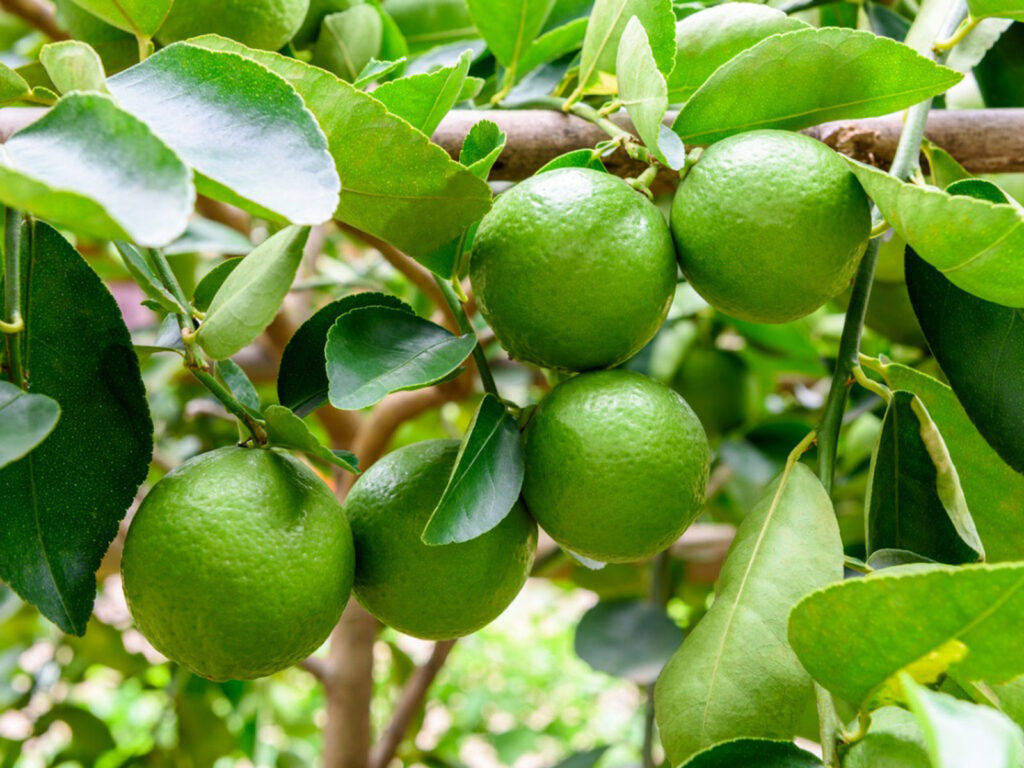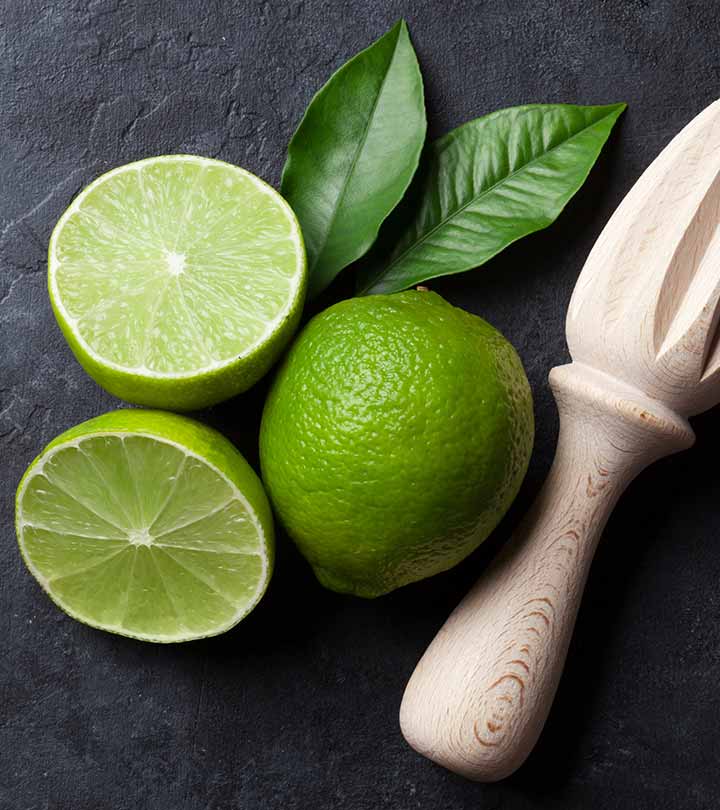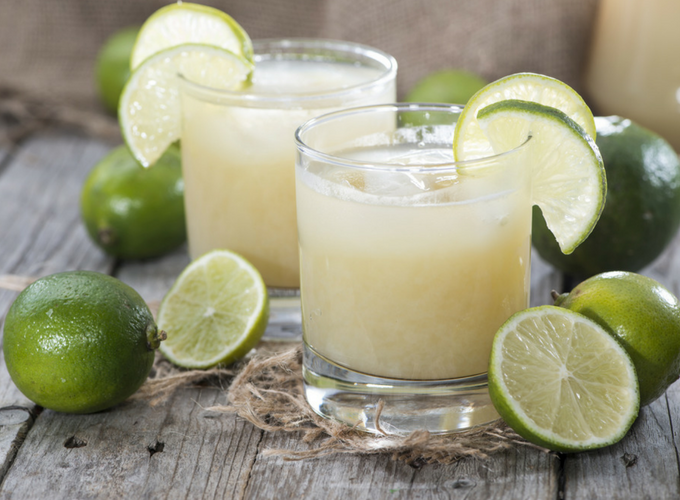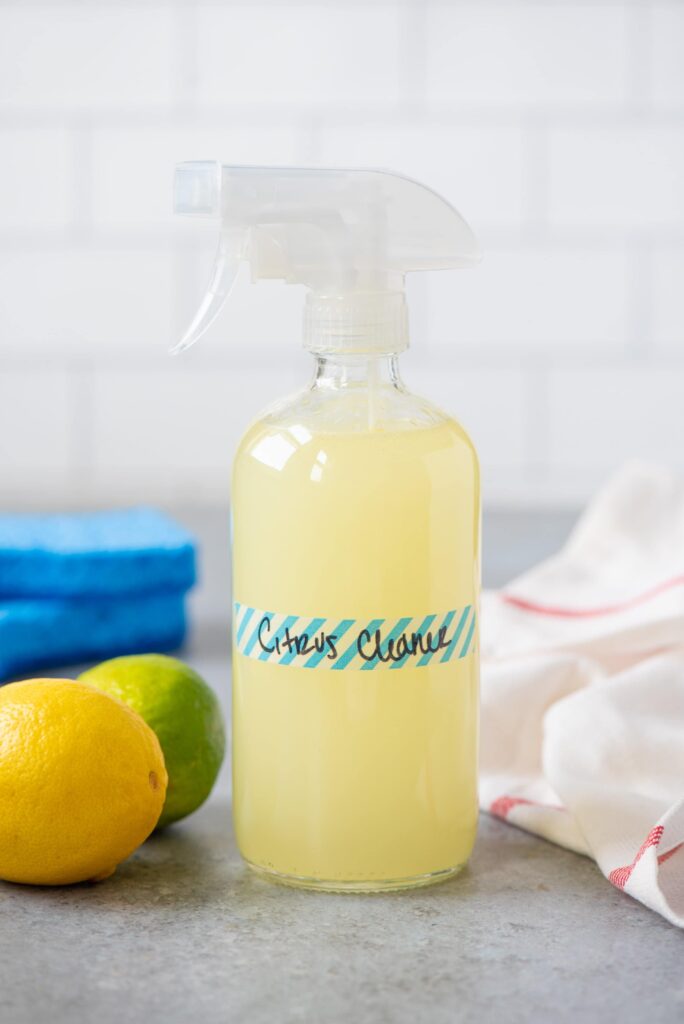Lime is a citrus fruit, green by colour and smaller than lemon. Limes have a distinctive, tangy, sweet flavour that is recognizable in most dishes.
Citrus fruits including lime and lemons are good sources of vitamin C.
The sour lime juice can, therefore, provide lots of vitamin C, which can cure and prevent diseases like scurvy and is also excellent for skincare.
Eating limes or drinking the juice may improve immunity, reduce heart disease risk factors, prevent kidney stones, aid iron absorption, and promote healthy skin.

Lime juice may be squeezed from fresh limes, or purchased in bottles in both unsweetened and sweetened varieties. The juice is used to make limeade, and as an ingredient (typically as a sour mix) in many cocktails.
Lime juice works in marinades, drinks and baked goods, making it versatile. But if you run out and need it for a recipe, the substitutes for lime juice are just as versatile and can complement your recipe.
7 Substitutes for Lime Juice
There are several options if you can’t use lime juice. Lime adds brightness and tangy undertone to anything it touches. What happens when you run out of limes and you are in the process of making your recipe? Here are some substitutes that can replace it in the dish/drink.
- Other Citrus
While lime juice has its own special flavour, you can substitute other citrus juices in its place. Lemon or orange juice brings the same sweet, tangy flavour as lime, so use these as your first option. Juice must be freshly squeezed to get the same flavour profile. Don’t use juice that has water, additives and sugar, because this can alter the taste and texture of your final product. Use the juice in equal parts to the original amount of lime juice in the recipe. - Vinegar
Vinegar is another ingredient that you add to your food. It is basically acetic acid, which is obtained from the fermentation of ethanol. Like lime juice, vinegar is also very acidic and hence can be used as a substitute in those recipes, where lime juice is primarily used for its acidic content. While substituting, take 1 teaspoon of vinegar for 1 teaspoon of lime juice. You can use white distilled vinegar, red wine vinegar or apple cider vinegar. - Citrus Zest
Sometimes citrus zest (preferably from limes, lemons, or oranges) can be substituted for lime juice, depending on the function the lime juice is playing in your recipe. If the lime juice is purely for flavour, a 1 for 2 spoons substitute of zest to juice can be used since citrus zest is very concentrated in flavour. For example, zest can be used as a substitute in baked goods that use lime for flavour (not for the acidity!) - White Wine
White wine can also be used as a substitute in some recipes. However, white wine cannot substitute the flavour of lime juice. It is less acidic than lime juice but still can be used in certain recipes in place of lime. You can substitute 1 teaspoon of lime juice with an equal amount of white wine. - Lime Oil
Lime oil, which is somewhat similar to lime zest can be used to replace lime juice. Lime oil has an intense herbal flavour so be mindful of how much you use. For every 1 teaspoon of fresh lime juice, replace with 1 drop of lime oil. Lime oil can be used for drizzling over cooked seafood and for vinaigrettes. - Black Lime
Black lime or also known among people as dried lime would be perfect to replace the lime juice in most meals. Lacking the sweetness of fresh lime, black lime has a deep sour lime flavour with a slightly fermented, umami note. It is particularly good for savoury dishes. They also have a smoky taste which is good for soups, meat, or stews. Add equal amounts or adjust the quantity based on how much you want the recipe to be sour. - Tamarind Paste
While tamarind has its own unique taste, this ingredient has a sour, citrusy flavour similar to limes. This substitute works well in more liquid recipes dressings, marinades, and, of course, drinks. Just dilute the pulp of the tamarind with liquid (like water or your cocktail) to achieve the flavour and texture you’re searching for. 1 tablespoon tamarind paste for every 2 tablespoons lime juice.

The Healthy Benefits of Lime Juice
- Limes are full of antioxidants. The antioxidants keep your arteries healthy, and healthy arteries are essential for carrying blood from your heart to the organs of your body. Lime peel and lime juice contain antioxidants that slow down the process of atherogenesis, the buildup of plaque on artery walls.
- Lime fruit contains a high level of vitamin C, a nutrient that may help boost your immune system. Vitamin C helped increase the production of white blood cells, which help protect your body against infections and disease.
- Limes have several properties that may promote healthy skin due to vitamin C. This vitamin is necessary to make collagen, a protein that keeps your skin firm and strong.
- Limes may help lower high blood pressure. High blood pressure is a major risk factor for heart disease.
- Limes may help prevent kidney stone formation. Kidney stones are small mineral crystals that are often painful to pass. They can form inside your kidneys when your urine is very concentrated or you have high levels of stone-forming minerals, such as calcium.
- Iron is an essential nutrient needed to make red blood cells and transport oxygen around your body. Low blood iron levels can cause iron-deficiency Anemia. Signs of iron deficiency anemia include fatigue, trouble breathing during exercise, paleness, and dry skin and hair. Foods high in vitamin C, such as limes, may help prevent iron deficiency anemia.
- Limes may lower the risk of certain cancers.

Other Use of Lime Outside The Kitchen (cleaning and beauty)
Outside your kitchen, limes are used as a natural cleaning agent and to neutralize odours.
Lime juice can be mixed with vinegar and water and used as a surface spray for a non-toxic cleaning option.
It contains citric acid, which helps in exfoliating the skin and promoting skin regeneration. Along with vitamin C, it also contains antioxidants like flavonoids that protect the body cells from highly reactive free radicals.
It can promote weight loss, improve digestion, heal peptic ulcers and ulcers of the mouth, alleviate gum problems like bleeding gums, treat infections of the urinary system, and protect the eye from ageing and macular degeneration.
Other Types of Lime
There are several species of citrus trees whose fruits are called limes, including the Key lime (Citrus aurantiifolia), Persian lime, Makrut lime, and desert lime.
Key limes—also known as Mexican limes or West Indies limes—are small, spherical limes that grow in tropical and subtropical regions. They’re light yellow (not green) when ripe and contain more seeds than regular limes. Their skin is also very thin, which means they don’t store well.
The limes you’ll find at the grocery store are called Persian limes or Tahiti limes. These larger limes are oval-shaped, dark green and juicy. Each lime fruit contains two to three tablespoons of juice (compared to Key lime’s two to three teaspoons). Their thick skin helps them keep longer than Key limes, and they’re good for about a month in the crisper drawer of your refrigerator.
Persian limes are acidic with a tangy flavour, but they lack the floral bouquet that accompanies Key limes. They’re a great substitute for vinegar in marinades or homemade salad dressings, and their juice and zest boost other flavours in savoury recipes like lime-chipotle carnitas.


